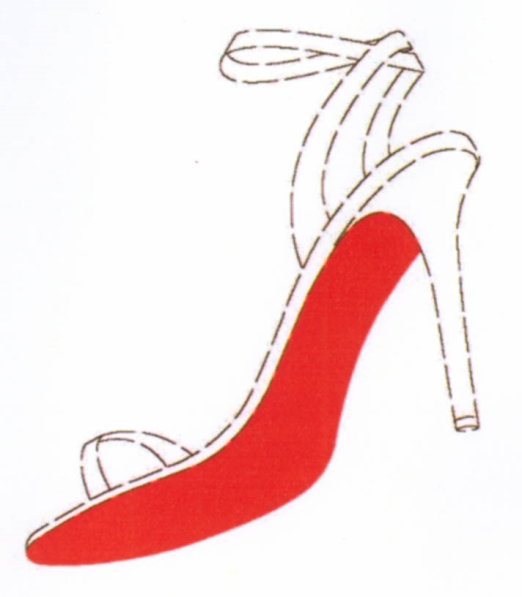
Louboutin's opponents still seeing red after ECJ win

Although brand owners can register colour elements of their identity as trade marks, thereby obtaining a monopoly in that colour, they generally need to show substantial reputation before they will be registered.
Brand owners looking to register or maintain their colour trade marks can take some encouragement from a recent decision of the European Court of Justice, which found that fashion designer Christian Louboutin's famous red shoe sole was validly registered as a trade mark on the basis that a sign consisting of a colour applied to the sole of a high-heeled shoe does not consist exclusively of a "shape", as that term is understood in European trade mark law ( Christian Louboutin SAS v Van Haren Schoenen (12 June 2018) BV C-163/16).
Dutch shoe company not so clever clogs
Christian Louboutin's shoes are known as a luxury product, with prices starting at £500 (A$900) for a basic classic black heel. It owns various trade marks, including one whose registration was defined by reference to the following graphic and endorsement:

The Dutch company vanHaren sold a range of high-heeled women's shoes with red soles; unsurprisingly, given its strong record of protecting its marks, Christian Louboutin sued it, alleging it had infringed Louboutin's registered trade mark.
vanHaren claimed that the trade mark registration in issue was invalid because, according to European trade mark law, signs consisting exclusively of a shape giving substantial value to the goods cannot be registered.
The Dutch court asked the European Court of Justice ( ECJ) whether the "shape" prohibition applied when the trade mark included other features, such as colour. In her formal Opinion, the Advocate General argued that the combination of a colour and shape mark ought to be invalidated as a shape mark. The ECJ will generally follow the opinions of its Advocate General but in this instance did not.
Clarifying the nature of a shape under European trade mark law
The ECJ gave key consideration to the concept of "shape", acknowledging that since the relevant EU Directive provided no definition, "the meaning and scope of that concept must, as the Court has consistently held, be determined by considering its usual meaning in everyday language, while also taking into account the context in which it occurs and the purposes of the rules of which it is part".
The ECJ noted that in the context of trade mark law, the concept of "shape" is usually understood as a set of lines or contours that outline the product concerned. Combining this with the EU Directive (2008/95) and past ECJ case law, the ECJ held that colour per se , without an outline or borders, does not constitute a "shape".
The next question was whether applying a particular colour to a specific product could still result in the sign in issue being a prohibited "shape". On this point, the ECJ held that although the shape of the product plays a role in creating an outline for the colour, it cannot be held that the sign consists of that shape. This is because the registration of the mark specifically stated that protection was for the application of a colour to a specific part of the product, rather than protection for the shape of the product itself or part of it. The ECJ accepted that the contour of the shoe was purely there to show the positioning of the red colour covered by the registration.
The ECJ added:
"In any event, a sign, such as that at issue in the main proceedings, cannot be regarded as consisting 'exclusively' of a shape, where the main element of that sign is a specific colour designated by an internationally recognised identification code".
The lessons for rights holders
Although this decision is not binding on Australian courts , it is nevertheless interesting in demonstrating international acceptance that brand owners can register colour elements of their identity as trade marks, thereby obtaining a monopoly in that colour.
In Australia, the same trade mark is registered as a colour mark with a very similar endorsement. Colour marks are, nonetheless, not easy to register and applicants generally need to show substantial reputation before they will be registered, especially if they are single colour marks.
Get in touch
